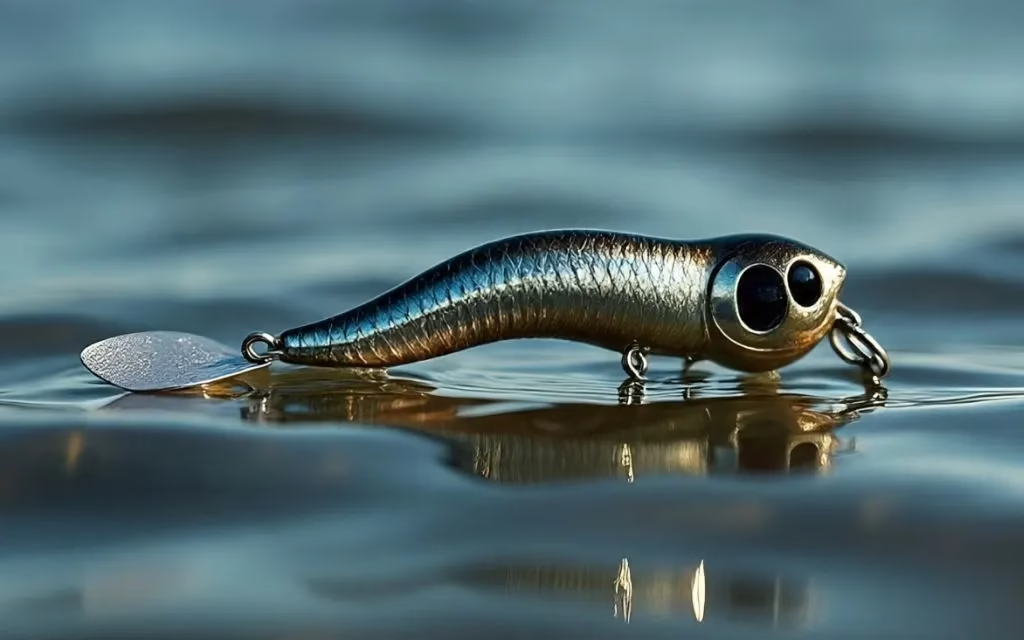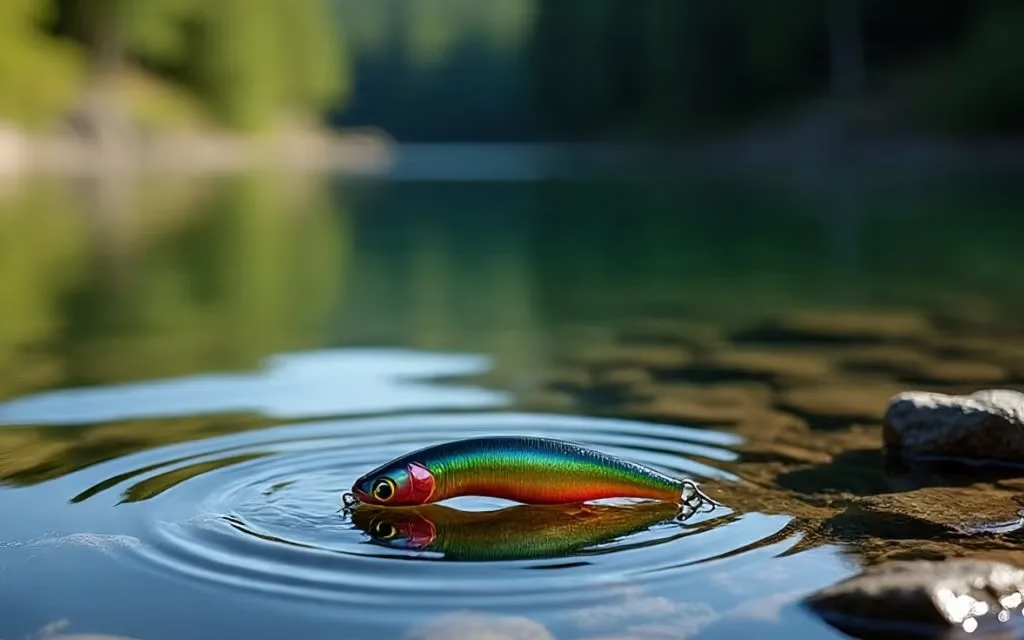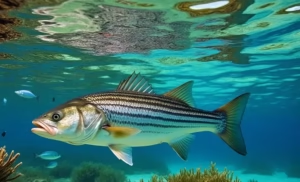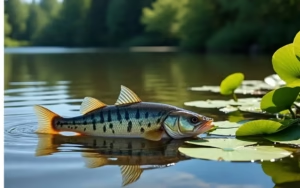Swim Jig,There are a lot of different lures for bass fishing, and sometimes they look so much alike that it’s hard to pick which one to use. When they have these choices, fishermen often argue about whether to use a swim jig or a swimbait. Both kinds of baitfish look like real baitfish and work in different situations. However, one type works best when the water is clear, the cover is right, and the way it is presented. You could fill your livewell with good fish if you make the right choice instead of catching nothing.This full guide will teach you everything you need to know about swim jigs, such as why they work so well and when they work better than swimbaits.
What Makes a Swim Jig Unique?
A swim jig is made to work well when there is a lot of cover and when you are fishing with a lot of power. It has a lead head to keep it balanced, a strong hook to catch big fish, and a weed guard to keep it from getting stuck. When you put a silicone or rubber skirt on the bait, it moves like a real fish, which bass love. A swim jig is not like other jigs that are meant to be dragged or hopped on the bottom. Instead, it is made to move through the water all the time. A lot of fishermen use it in the autumn when fish are feeding a lot because it can cover a lot of water quicklyThe swim jig can do more things than any other jig.You can burn it across shallow flats, roll it slowly through plants that are under water, or skip it under docks.
Swim Jig vs. Swimbait: Key Differences Explained
At first glance, a swim jig and a swimbait may look the same, but they are different because of how they are made and what they are meant to do.A swim jig is designed to handle the worst cover. With its weed guard and straight-shank hook, you can fish aggressively in places with a lot of plants or heavy laydowns without getting stuck all the time.This is great for when you need to get to fish that are hiding where most lures can’t get to.On the other hand, a swimbait usually has a soft plastic body and either a harness or a line-through treble hook system. This design works well in open water or light cover, but not so well in thick plants.The best thing about the swimbait is how real it looks.
How Cover Impacts Your Choice
One of the most important things to think about when picking between these two baits is the type and amount of cover in the area where you are fishing. If you’re fishing through thick grass mats, submerged wood, or tangled laydowns, the swim jig is the best choice. The weed guard and sleek shape make it easy to throw into thick cover without worrying about it getting stuck.You can even make accurate casts deep into structure and bring it back smoothly. This often makes fish bite when other lures don’t.On the other hand, a swimbait is better if the area you’re fishing doesn’t have much cover or open water.Fish will come out of hiding places like the edges of docks, trees that hang over the water, or pieces of cover that are far away from other fish when it moves slowly and looks like a real fish.
Skipping Around Cover
Every bass fisherman should know how to skip their bait into tight spaces. You can skip both swim jigs and swimbaits, but one is better than the other in some situations.If you’re fishing in a lot of cover, like thick laydowns or docks with a lot of snags, the swim jig is the best choice. It has a weed guard that keeps it from getting stuck, so you can send it deep into cover where big bass like to hide.But swimbaits work well in places with floating docks, marina slips, or trees that hang over the water.Their bodies are made of soft plastic, which makes them float on the water and easy to skip.This works best when the water is clear and the bass are hiding in the shade.

Water Clarity: Why It Matters
When choosing between a swim jig and a swimbait, you should always think about how clear the water is. When the water is clear or only slightly stained, a swimbait is suddenly the best choice because bass can see it and chase it. The lifelike movement and shape of a swimbait can trick even the most careful fish. Swimbaits also have a strong drawing power, which means they can pull bass out of cover from farther away. This is helpful when the water is clear and the fish are not all in one place.A swim jig is better, though, when the water is dirty or muddy. Swimbaits don’t move a lot of water, so when the water is murky, bass may have trouble finding them. But when you pull in swim jigs, they often move in strange ways, like short jerks, pauses, and bursts of speed.
Why Anglers Trust Swim Jigs
The swim jig is one of the best lures for catching bass.You can fish it in water that is either shallow or deep, clean or dirty, and with a lot of or little cover. A lot of pros and weekend anglers think of it as a confidence bait because it catches fish when other lures don’t. You can also change the colours of the skirt and use different trailers to catch bluegill, shad, or crawfish in your area.Swim jigs are also popular with fishermen because they let them control the fish.You can speed up the retrieve, add stops, or add sudden bursts to get the fish to bite. This means that the swim jig is a great tool for both power fishing and finesse-style presentations when you need them.
Expert tips for fishing with swim jigs
To get the most out of your swim jig, use the right tools and methods.A medium-heavy rod with a fast tip lets you pull fish out of cover and feel even the smallest bites.When you’re working through plants or going under docks, use a high-speed reel so you can quickly pick up slack. Heavy cover is best with braided lines that weigh between 30 and 50 pounds, while open water is best with fluorocarbon lines that weigh between 15 and 20 pounds.When you get your swim jig back, don’t just reel it in slowly. Add small twitches, stops, and speed changes to the bait to make it look more natural and get fish to bite.
When to Choose Swim Jig Over Swimbait
If you have to deal with a lot of cover, dirty water, or times when you need a weedless, snag-free option, the swim jig is the best choice. It’s also a best choice when bass are eating a more and you want to get to a lot of water fast. On the other hand, if you’re fishing in open water or clear conditions where bass can see well, a swimbait might be better.
Final Thoughts
To catch bass, you need both swim jigs and swimbaits.There are good and bad things about each one, and the best one to use depends on the situation, such as how clear the water is, how much cover there is, and how the fish are acting.You can use the swim jig in a lot of different ways, it doesn’t get stuck in weeds, and it can catch bass even when the weather is bad.Put it in your collection and learn how to use it well. This strong lure is a favourite among more fishermen.




